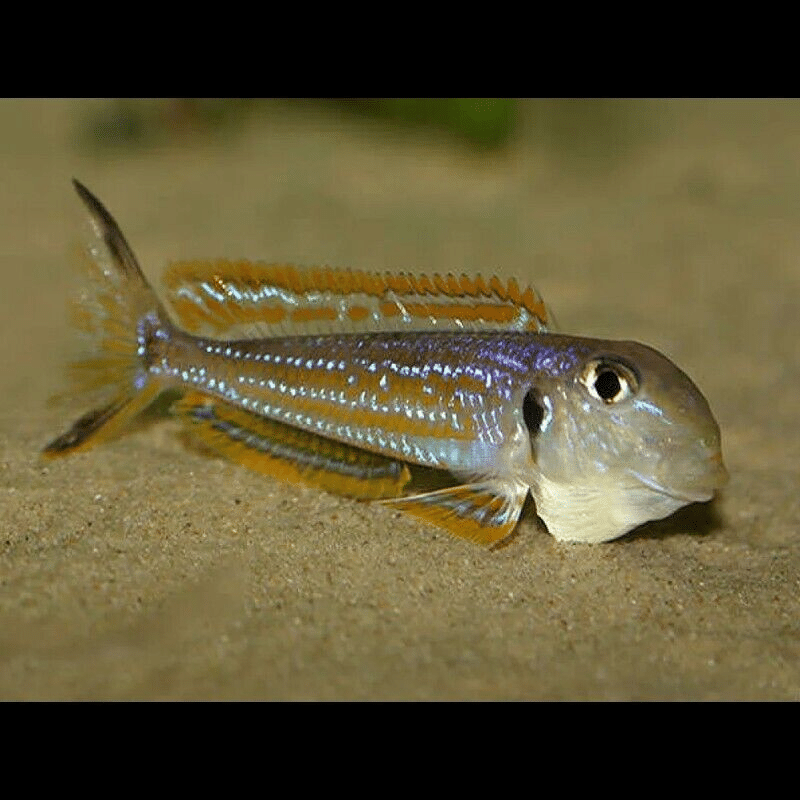To provide the best experiences, we use technologies like cookies to store and/or access device information. Consenting to these technologies will allow us to process data such as browsing behaviour or unique IDs on this site. Not consenting or withdrawing consent, may adversely affect certain features and functions.
The technical storage or access is strictly necessary for the legitimate purpose of enabling the use of a specific service explicitly requested by the subscriber or user, or for the sole purpose of carrying out the transmission of a communication over an electronic communications network.
The technical storage or access is necessary for the legitimate purpose of storing preferences that are not requested by the subscriber or user.
The technical storage or access that is used exclusively for statistical purposes.
The technical storage or access that is used exclusively for anonymous statistical purposes. Without a subpoena, voluntary compliance on the part of your Internet Service Provider, or additional records from a third party, information stored or retrieved for this purpose alone cannot usually be used to identify you.
The technical storage or access is required to create user profiles to send advertising, or to track the user on a website or across several websites for similar marketing purposes.
















Emily Carter (verified owner) –
I recently added a group of Xenotilapia Ochrogenys ‘Karilani’ to my 75-gallon tank, and I couldn’t be happier! These stunning Lake Tanganyika cichlids have brought so much life and color to my aquarium. After about two months of keeping them, they’ve developed such unique personalities. They are peaceful yet playful, often seen darting around their designated hiding spots among the rocks.
One of the things I love most about this cichlid species is their vibrant coloration and captivating behavior, especially during feeding time. I’ve noticed they thrive on a varied diet rich in protein, which I mix with high-quality pellets and frozen foods. Compared to other cichlid species I’ve kept, the Karilani are much more engaging and less aggressive, making them perfect for a community tank.
While they can occasionally be shy as they adjust to new surroundings, providing them with plenty of hiding spots helps immensely. If you’re considering adding these beauties to your aquarium, I highly recommend it! Just be sure to give them the right environment, and you’ll see their stunning colors flourish. Plus, they do best in slightly alkaline water, so keep an eye on your parameters. Overall, a fantastic experience and I would definitely purchase again!